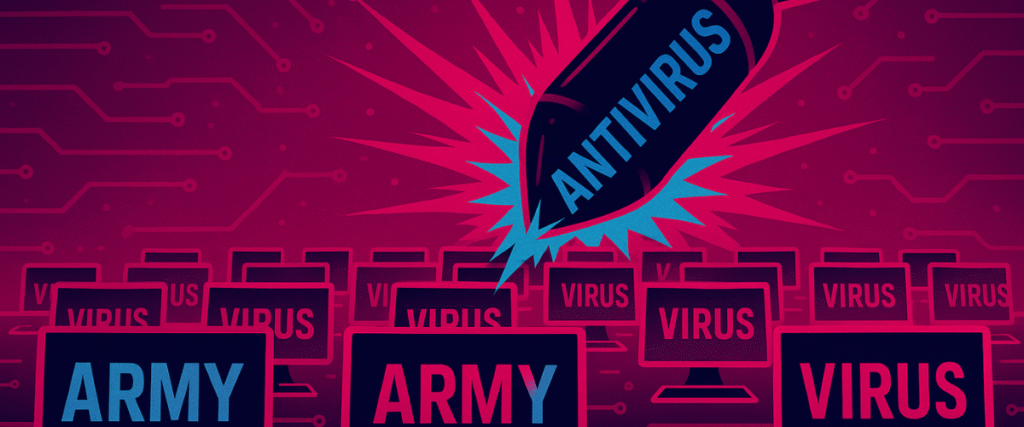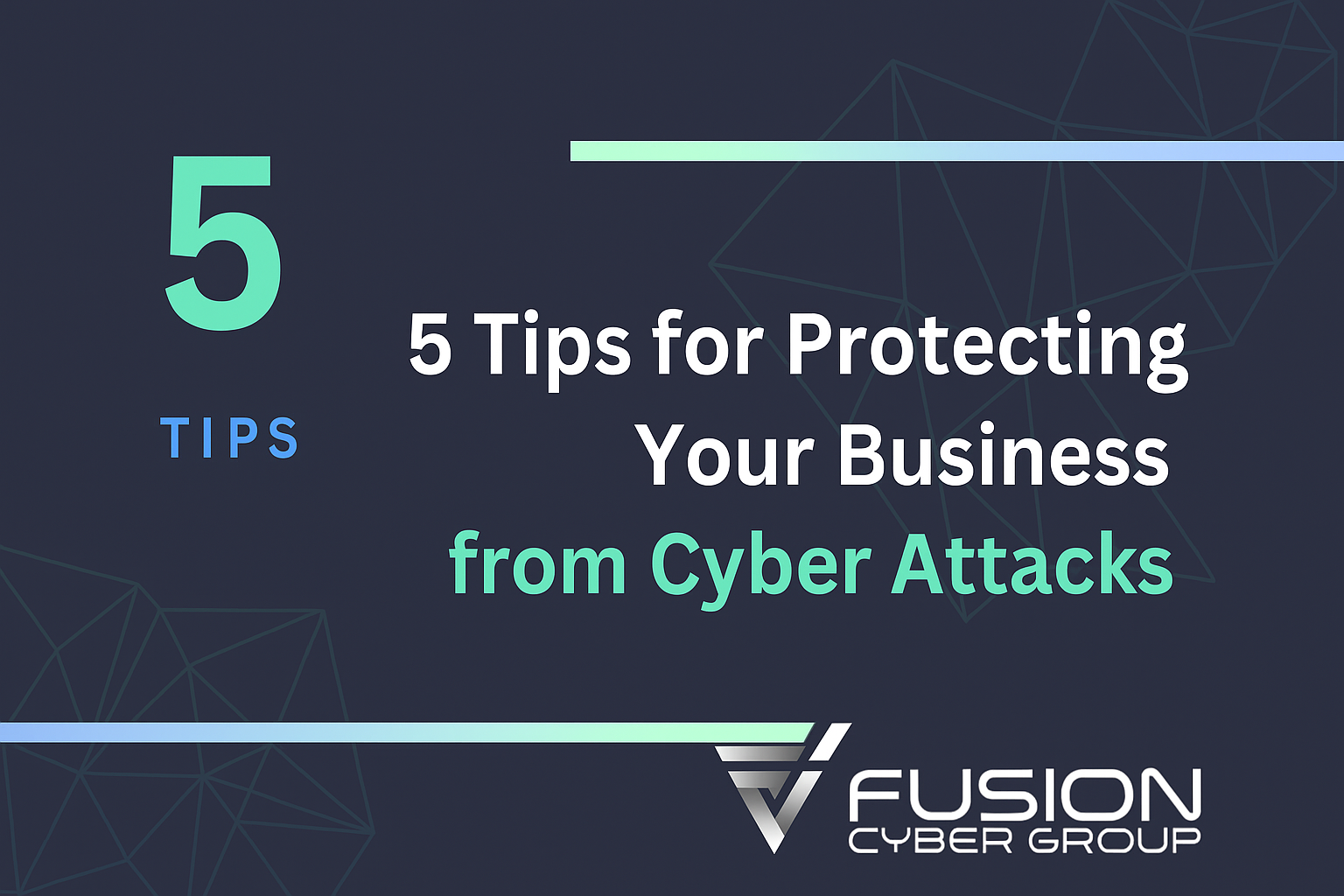
Cyber Insurance Claims — Are You Really Covered?
One gap in security can derail your claim and recovery.
Get defence-in-depth that makes insurance work. Talk to a FusionCyber expert today.
Cyber Insurance: A Safety Net or a False Sense of Security?
Cyber insurance has emerged as one of the fastest-growing segments of the insurance industry, driven by the explosion of cyberattacks targeting organizations of every size. For SMBs (small and mid-sized businesses), it often feels like the only way to level the playing field against sophisticated criminals who use ransomware, phishing, and advanced malware. Policies promise reimbursement for costs like data recovery, legal fees, and business interruption, giving decision-makers peace of mind.
But the promise of cyber insurance comes with caveats. Not all claims are paid in full, and many are denied outright. In fact, recent studies show that over a quarter of breach-related claims fail because the insured business did not meet certain conditions or lacked required security controls. This reality has left many organizations surprised and frustrated when they realized their “safety net” wasn’t as comprehensive as expected.
Industry data shows just how large this market has become. Chubb Ltd Grp, one of the largest providers globally, reported more than $404 million in premiums last year, representing a nearly 15% market share. Competitors like AIG, Beazley, and AXA are also expanding aggressively in this space. This growth underscores how essential cyber insurance is perceived to be — but also how much scrutiny underwriters apply to policies and claims.
The question for SMBs is simple but pressing: Does cyber insurance provide reliable protection, or does it risk becoming a false sense of security? To answer that, we need to explore how insurers evaluate claims, why so many are denied, and what leaders can do to ensure their coverage delivers when it matters most.
Why Cyber Insurance Claims Are Denied
When a cyber incident occurs, business leaders often expect their insurance to step in quickly. The reality is more complicated. Insurers treat cyber claims with the same rigor as property or liability claims — every detail is examined, every action scrutinized. Coverage depends not only on the policy wording but also on the business’s own security practices and response.
One of the most common reasons for denial is inadequate cyber hygiene. If an organization failed to apply critical security patches, ignored basic access controls, or neglected employee training, insurers may argue the breach was preventable. This mirrors auto insurance: if you leave your keys in the ignition and the car is stolen, your claim is likely to be contested.
Another key factor is the cost of response. Cyberattacks trigger multiple expenses — forensic analysis, legal counsel, crisis communications, regulatory notifications, and even credit monitoring for affected customers. These costs quickly add up, and insurers may dispute whether certain expenses are covered under the policy. For example, some carriers exclude “future lost revenue” or limit coverage for reputational harm, even though these often represent the largest long-term losses.
Business interruption is another area of contention. Downtime from ransomware or system outages can stretch into weeks. Calculating lost revenue and proving direct causation is challenging, and insurers may push back on figures they deem inflated.
Finally, lack of an incident response plan is a silent killer for many claims. Research from the Ponemon Institute highlights that fewer than 40% of SMBs have a tested response plan. Without evidence of preparation, insurers may argue that delays in containment worsened the impact, reducing payout amounts.
The reality: cyber insurance is designed to work alongside good security, not replace it. Businesses that assume a policy alone guarantees protection are setting themselves up for disappointment.
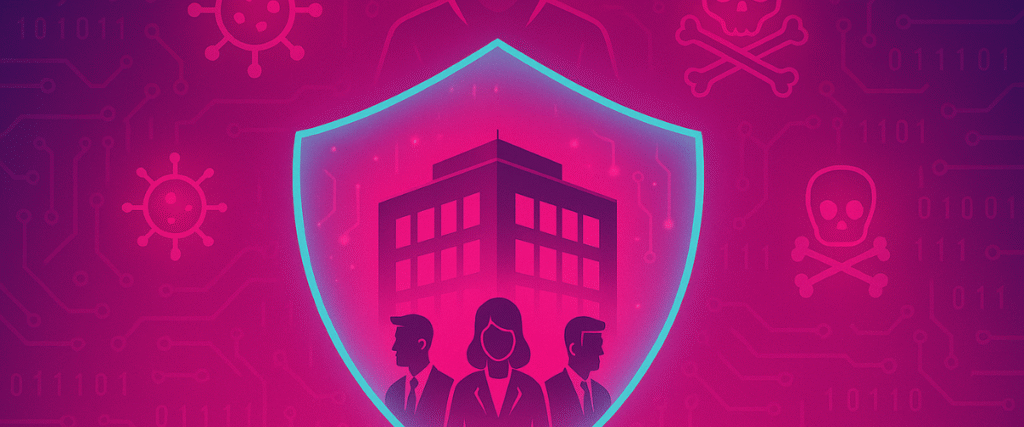
The Leading Causes of Cyber Insurance Claims
Understanding the most common drivers of claims helps businesses identify where they’re most vulnerable. Cyber insurers consistently rank the following four categories as leading causes:
Phishing and Credential Theft
Phishing remains the single largest driver of breaches worldwide. Verizon’s 2024 Data Breach Investigations Report found that 83% of organizations experienced at least one phishing attempt that bypassed email filters. These attacks trick employees into revealing login credentials, opening attachments, or clicking malicious links. Once credentials are stolen, attackers can access email accounts, internal systems, or even cloud platforms — often undetected for weeks.
Insurance claims related to phishing often cover investigation and notification costs but may not reimburse for downstream fraud or reputational damage. For SMBs, one employee mistake can snowball into hundreds of thousands of dollars in losses.
Business Email Compromise (BEC)
BEC scams exploit human trust. Attackers impersonate executives, vendors, or partners to trick employees into transferring funds or changing payment instructions. The FBI reported over $2.9 billion in BEC losses globally in 2023, with SMBs disproportionately affected. Many policies now impose strict exclusions around BEC, especially if the business failed to implement multi-factor authentication (MFA) or proper payment verification processes.
Credit Fraud and Identity Theft
Claims often arise when stolen personal or financial data is used for fraud. Criminals monetize stolen identities through credit applications, loan fraud, or tax scams. While insurance can cover some costs, businesses still face reputational damage and regulatory scrutiny, especially under privacy laws like GDPR or Quebec’s Law 25.
Ransomware and Malware
Ransomware is the most feared cyberattack — and with good reason. Criminals encrypt critical systems and demand payment, sometimes in the millions. Sophisticated gangs now use “double extortion,” threatening to leak stolen data if ransom isn’t paid. SMBs are frequent targets because attackers assume they lack enterprise-level defences. Insurance can help cover ransom payments (where legal), but downtime, lost customers, and long-term trust erosion often far exceed the policy payout.
Together, these threats show that cyber insurance is reactive by design. It helps businesses recover but does not reduce the likelihood of attack. Prevention and layered security remain the best defence.
The Benefits — and Limits — of Cyber Insurance
When used correctly, cyber insurance provides meaningful benefits. Policies can fund legal guidance during regulatory investigations, ensuring businesses comply with breach notification laws. They often include access to forensic specialists who identify how attackers gained entry and what data was compromised. Many providers also offer risk assessments, giving SMBs insight into weaknesses before they are exploited.
For business leaders, one of the greatest values is peace of mind. Knowing that resources are available to offset the immediate costs of a breach helps reduce panic during crises.
However, the limits are equally important to understand. Most policies contain exclusions for negligence, acts of war, insider threats, and certain third-party breaches. Coverage may also cap ransom payments or exclude costs tied to reputational damage. In some cases, insurers require proof of specific security measures (MFA, backups, endpoint detection) before honouring claims.
In short: cyber insurance is a support mechanism, not a strategy. The businesses that benefit most are those that treat insurance as part of a broader risk management program that includes layered defences, employee training, and proactive monitoring.
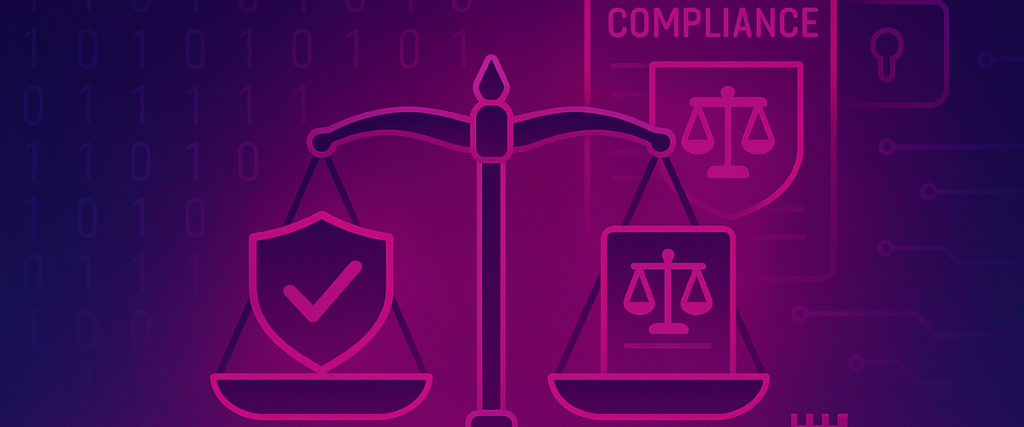
Compliance and Cyber Insurance
For SMBs in regulated industries, cyber insurance intersects directly with compliance requirements. Frameworks like HIPAA (healthcare), PCI DSS (finance), GDPR (privacy), and Quebec’s Law 25 mandate strict controls over sensitive data.
A common misconception is that insurance coverage satisfies these requirements. In reality, insurance cannot prevent fines or absolve liability. Regulators assess whether businesses implemented required safeguards, not whether they had insurance.
- HIPAA requires audit controls, encryption, and breach notifications for healthcare data.
- PCI DSS demands vulnerability scans, monitoring, and secure payment systems.
- GDPR and Law 25 emphasize data minimization, accountability, and timely notification of breaches.
Non-compliance can be catastrophic. Under GDPR, penalties can reach 4% of global annual revenue, while Quebec’s Law 25 introduces fines of up to CAD $25 million. Cyber insurance may cover some legal expenses, but it cannot erase regulatory penalties or reputational fallout.
Insurers themselves often align coverage with compliance. For example, they may require proof of regular risk assessments, employee training, or documented policies. Businesses that fail to demonstrate compliance may face higher premiums, reduced coverage, or claim denials.
Ultimately, compliance and insurance should work together — but compliance always comes first.dards. Multi-layered security provides the foundation for achieving and maintaining these goals.
Growth Increases Risk — and Insurance Complexity
As SMBs grow, so does their attack surface. Expansion into cloud platforms, hybrid work, and third-party partnerships creates new vulnerabilities that single-point solutions cannot address. Insurers are well aware of this trend and increasingly scrutinize coverage requests.
Cloud adoption is a major area of risk. Many SMBs mistakenly assume that cloud providers fully manage security. In reality, the shared responsibility model leaves customers accountable for access management, data security, and user activity monitoring. Insurers often exclude claims if breaches stem from misconfigured cloud settings.
Third-party vendors add another layer of exposure. A compromised payment processor, logistics partner, or IT provider can create cascading risk. Attackers frequently exploit supply chain relationships to move from smaller targets into larger enterprises. Without layered vendor risk management, SMBs may face denied claims.
Workforce expansion also multiplies insider risks. New employees bring more accounts, more endpoints, and more opportunities for error. Insurers often require MFA, privileged access management, and security awareness training as conditions for coverage.
Growth creates opportunity — but it also magnifies risk. SMBs must ensure their security programs scale with expansion, or they risk facing policies filled with exclusions and limitations.

Key Takeaways for Business Leaders
The business case for cyber insurance is clear: it provides financial support during some of the most stressful events an SMB can face. It can cover legal fees, forensic investigations, notification costs, and sometimes even ransom payments. But relying on insurance alone is a mistake. Leaders must recognize that insurance is a financial instrument, not a security control. Without strong defences, coverage may be limited, claims may be denied, and reputational damage may remain long after the cheque is issued.
Insurance is not prevention. It mitigates financial fallout after an attack but does nothing to stop breaches from occurring in the first place. A ransomware attack that halts your operations for two weeks can still cripple cash flow and customer trust, even if insurance eventually reimburses part of the costs. Prevention is always less expensive — and less disruptive — than recovery.
Security controls matter. Insurers increasingly require proof of multi-factor authentication, backups, endpoint detection, and patch management. Businesses that cannot demonstrate these controls may face higher premiums, restrictive exclusions, or outright denial of claims. On the flip side, organizations with strong defences often qualify for lower premiums and faster payouts because they are viewed as lower risk.
Compliance comes first. Regulatory frameworks such as GDPR, HIPAA, PCI DSS, and Quebec’s Law 25 impose strict obligations on data protection. Insurance does not shield against fines or regulatory penalties. If your controls are lacking, you may still face millions in penalties even if the policy covers breach response costs. Regulators expect layered safeguards, documented processes, and employee training — all of which must be in place before an incident, not after.
Growth changes everything. As businesses expand into new markets, adopt cloud services, and connect with more third-party vendors, risk exposure multiplies. Each new employee, system, or vendor introduces potential vulnerabilities. Insurance policies must evolve to reflect these changes, but leaders must also ensure their security programs scale accordingly. Otherwise, coverage gaps and exclusions can leave critical risks unprotected.
The smartest leaders treat cyber insurance as a supporting pillar of resilience, not the foundation. The foundation must be layered defenses — 24/7 monitoring, continuous employee education, incident response planning, and regular risk assessments. Only then can insurance serve its intended role: cushioning financial impact while the business relies on its own security maturity to weather the storm.
Final Thoughts
Cyber insurance is valuable, but it is not a silver bullet. Policies can ease the financial blow of a data breach, ransomware attack, or compliance investigation, but they cannot stop an attacker from gaining access in the first place. Too many businesses mistakenly treat insurance as a substitute for security — only to discover, at the worst possible moment, that their policy comes with exclusions, delays, or limitations that leave them exposed.
The reality is that insurance works best when paired with strong controls, documented processes, and a proactive mindset. Businesses that demonstrate mature security practices — such as enforcing multi-factor authentication (MFA), maintaining secure backups, running incident response drills, and keeping systems patched — not only reduce the likelihood of a breach but also improve the odds of a smooth claim process if an incident does occur. Insurers reward preparedness with broader coverage, faster payouts, and lower premiums, making security investment a win on multiple fronts.
For SMBs, the path to resilience lies in defence in depth. This means layering security measures so no single failure can bring operations to a halt. 24/7 monitoring detects threats in real time. Endpoint detection and response (EDR/XDR) stops attacks before they spread. Regular backups and disaster recovery plans ensure that data can be restored without paying ransoms. Security awareness training turns employees into assets rather than liabilities. Each layer adds redundancy, buying time and limiting damage when attackers inevitably find a way past one barrier.
The strongest businesses see cyber insurance as the safety net, not the foundation. It catches what slips through, but it cannot carry the full weight of modern cyber risk. By building a culture of security, investing in layered defences, and integrating insurance into a broader risk management strategy, SMBs can create true resilience.
The takeaway is simple: cyber insurance provides financial protection, but layered security provides business continuity. Only by combining both can organizations ensure they are prepared not just to survive an attack, but to emerge stronger, more trusted, and more competitive in the digital economy.
Featured links:
NAIC Cyber Insurance Market Trends
FAQ:
Why was my cyber insurance claim denied?
Claims are denied when security controls are missing, response costs exceed policy limits, or insurers believe the breach resulted from negligence. Policies typically require MFA, patching, tested recovery, and incident preparedness. Without evidence of these, insurers may argue the incident was preventable or poorly handled—resulting in partial or full denial.
Does cyber insurance cover reputational damage?
Not always. Some policies explicitly exclude reputational harm or future revenue losses, focusing instead on technical and legal costs. If you rely on insurance for brand repair or customer retention support, confirm coverage and consider additional crisis-response planning.
How does business growth affect cyber coverage?
Expansion introduces new risk—cloud environments, vendors, remote endpoints. Insurers reassess exposure and may adjust terms. Without scalable security controls, you could face gaps, exclusions, or higher premiums over time.
Can cyber insurance replace compliance investments?
No. Insurance doesn’t satisfy regulatory obligations. Frameworks like GDPR or Law 25 require specific safeguards and reporting. Non-compliance still leads to fines—even if an insurance policy exists—making compliance foundational, not optional.

Fun Fact – The Rising Claim Volume
The U.S. cyber insurance market surged to over 4.36 million in-force policies in 2023, with nearly 33,561 claims reported—an 11.7% increase year-over-year. This reflects how cyber risk has evolved into not just a concern—but a straight business challenge for SMBs. Understanding these trends helps leaders prioritize layered defense and informed insurance choices

Expert Prediction – AI Will Reshape Insurance
Munich Re forecasts AI will transform how insurers underwrite risk, optimize claims, and enable faster coverage customization. Yet AI also raises the stakes—attacks will become more automated and personalized, making strong cyber hygiene an even more critical underwriting element.
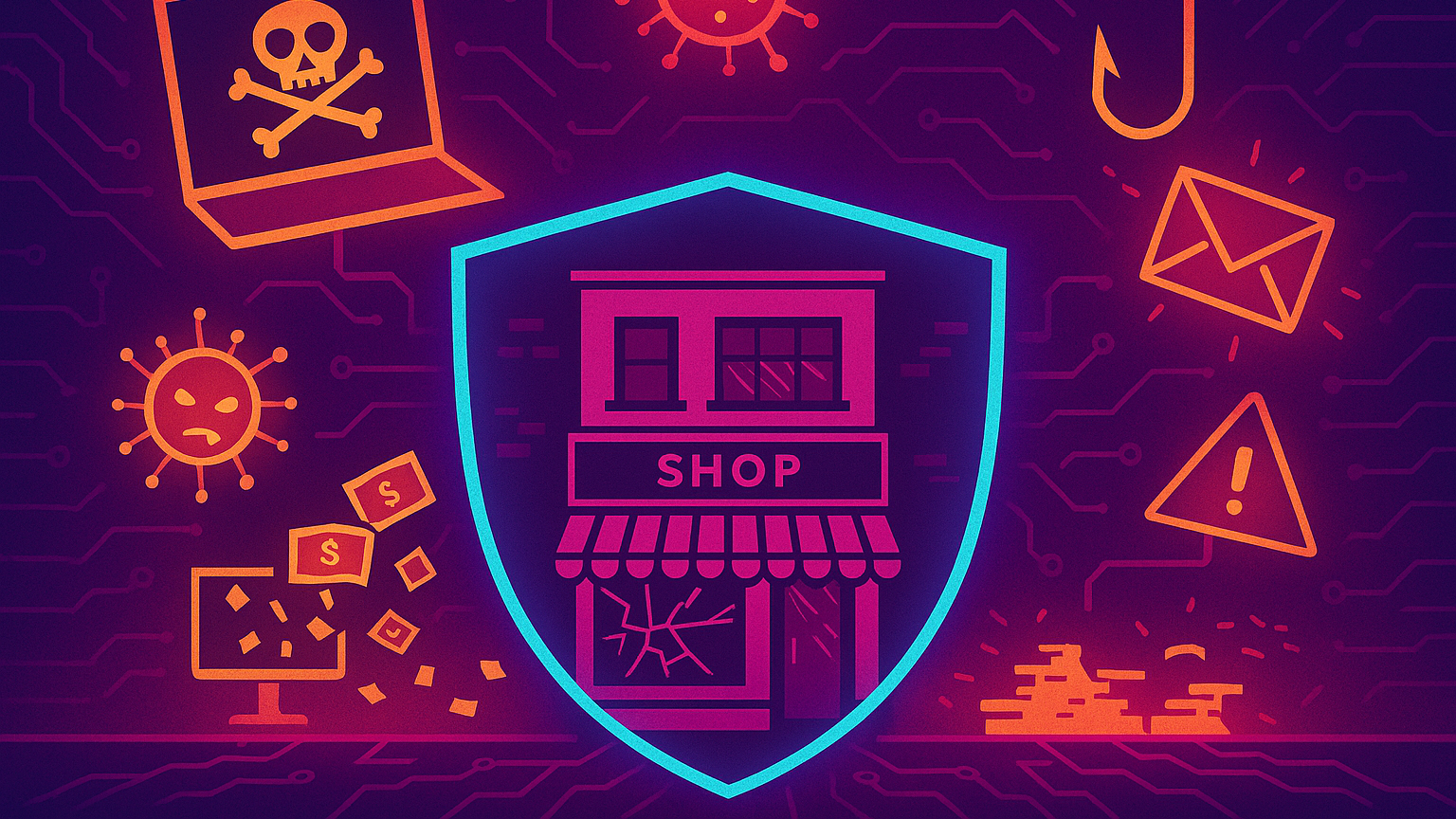
Real-World Example – Cautionary Tale
A UK study found nearly 50% of businesses operate without cyber insurance despite rising threats—ransomware and phishing being the most common causes of losses. Costs average USD 115,000 per claim. For SMBs, this highlights how costly ignorance can be—both in risk and reputation.
Our Cybersecurity Guarantee
“At Fusion Cyber Group, we align our interests with yours.“
Unlike many providers who profit from lengthy, expensive breach clean-ups, our goal is simple: stop threats before they start and stand with you if one ever gets through.
That’s why we offer a cybersecurity guarantee: in the very unlikely event that a breach gets through our multi-layered, 24/7 monitored defenses, we will handle all:
threat containment,
incident response,
remediation,
eradication,
and business recovery—at no cost to you.
Ready to strengthen your cybersecurity defenses? Contact us today for your FREE network assessment and take the first step towards safeguarding your business from cyber threats!
















